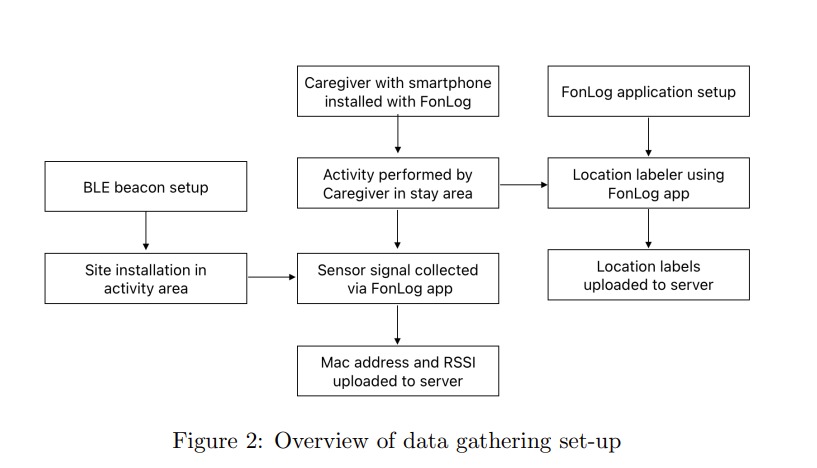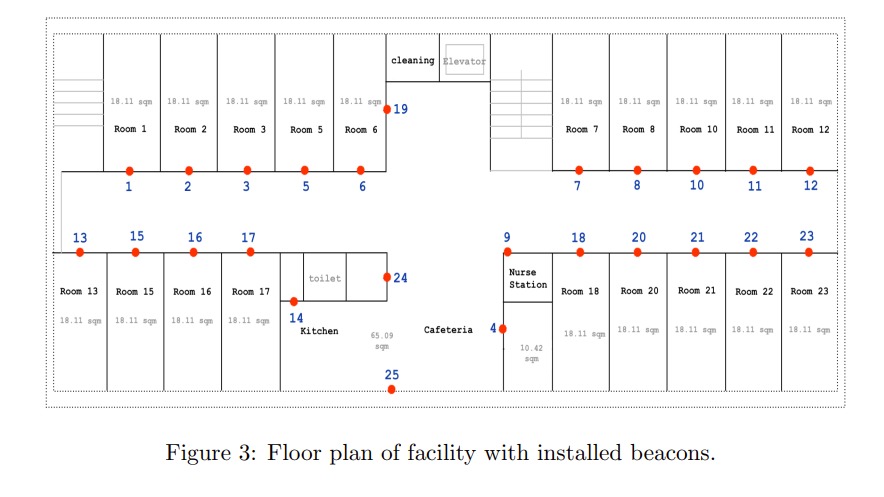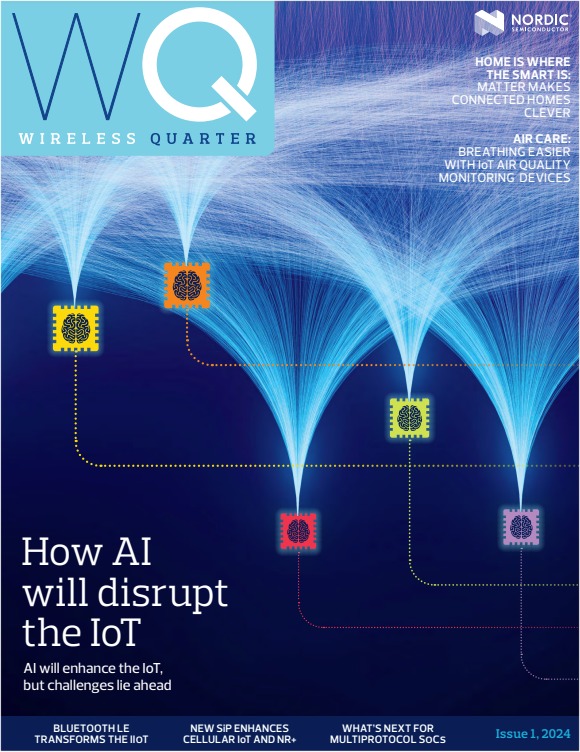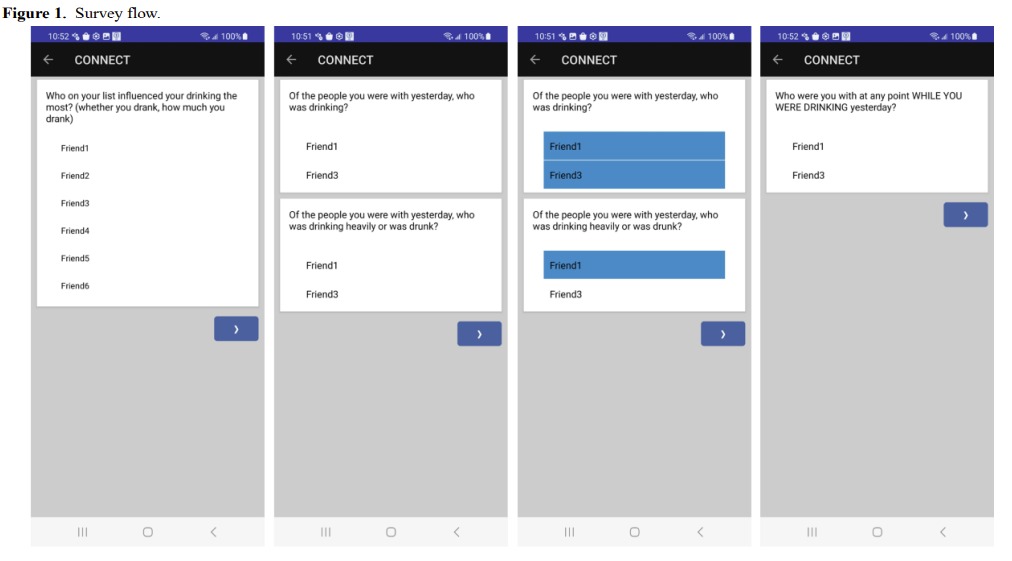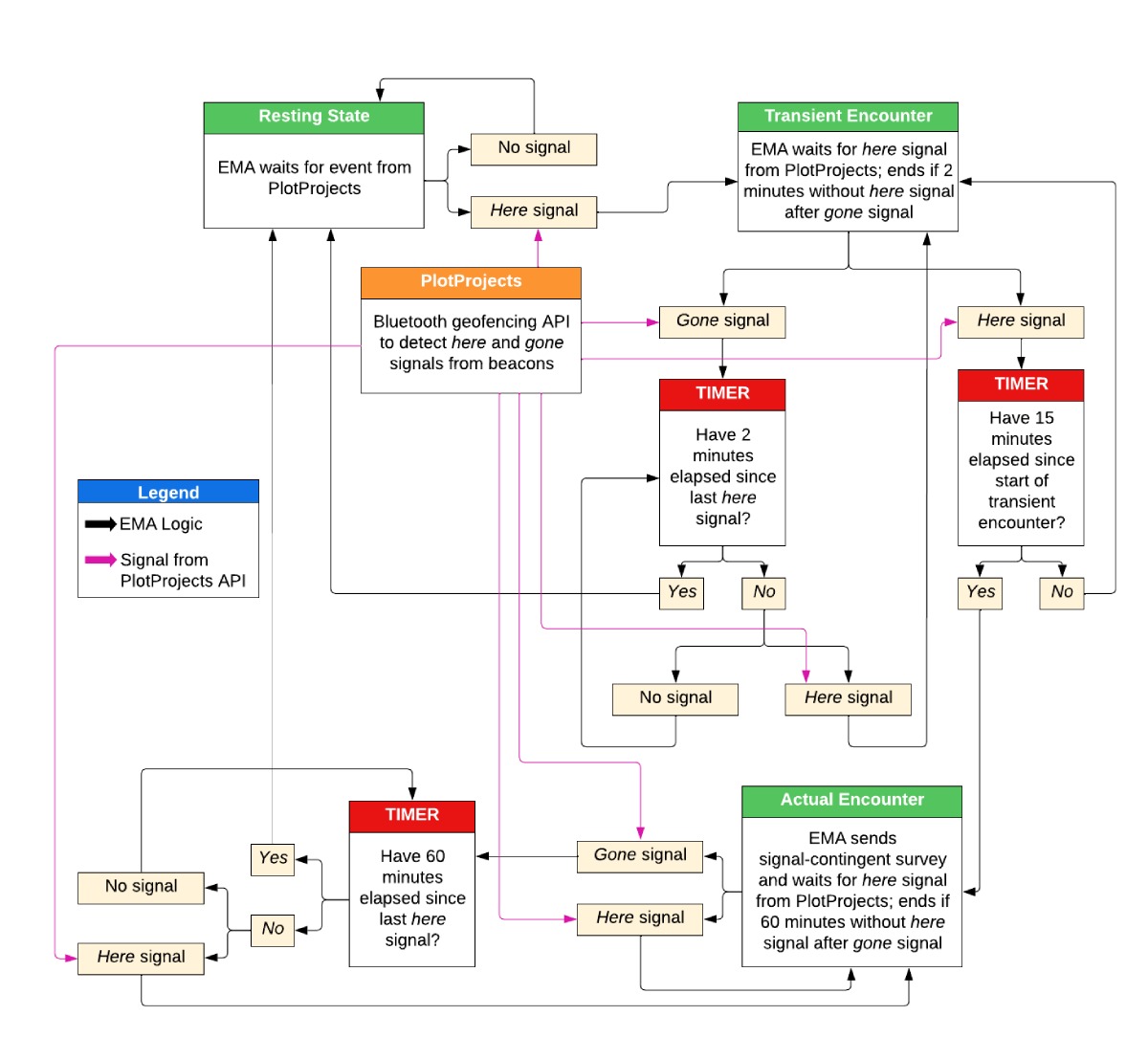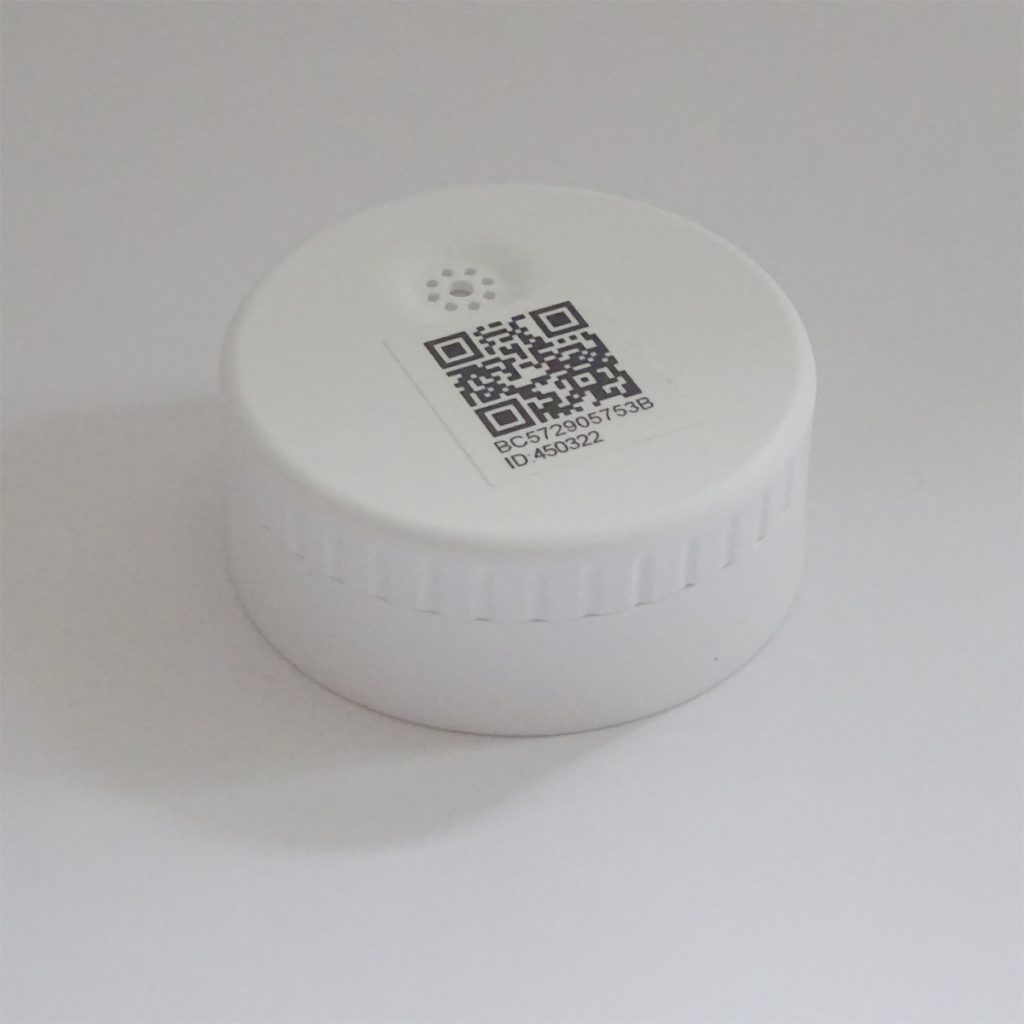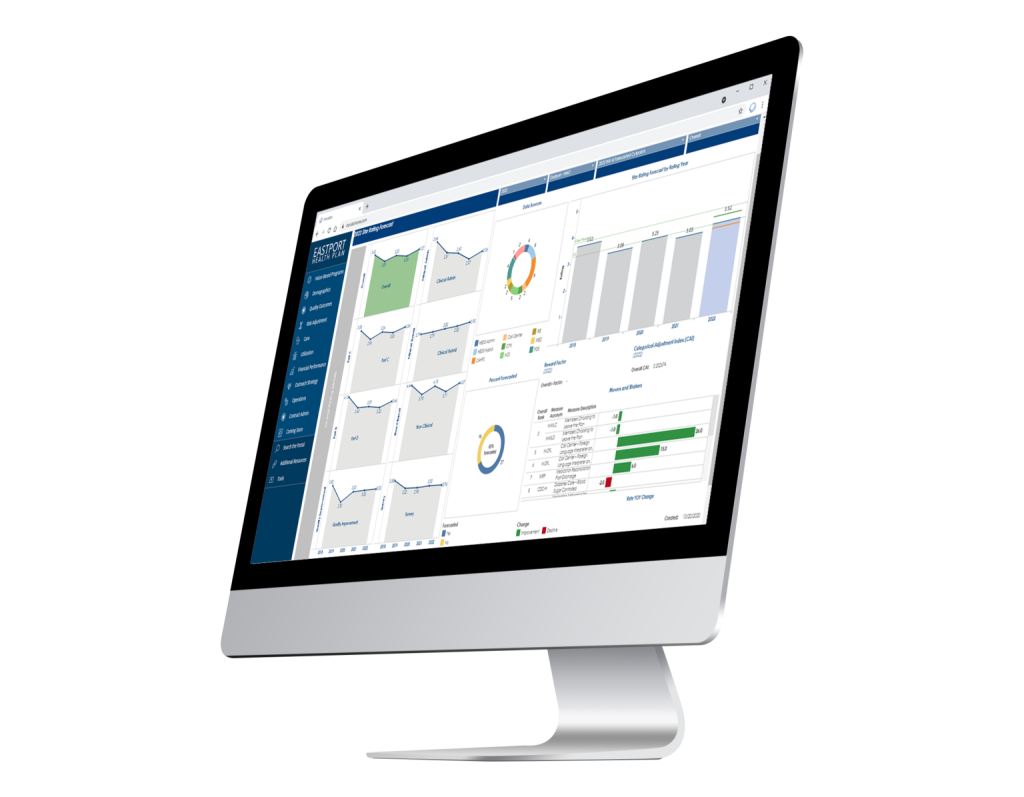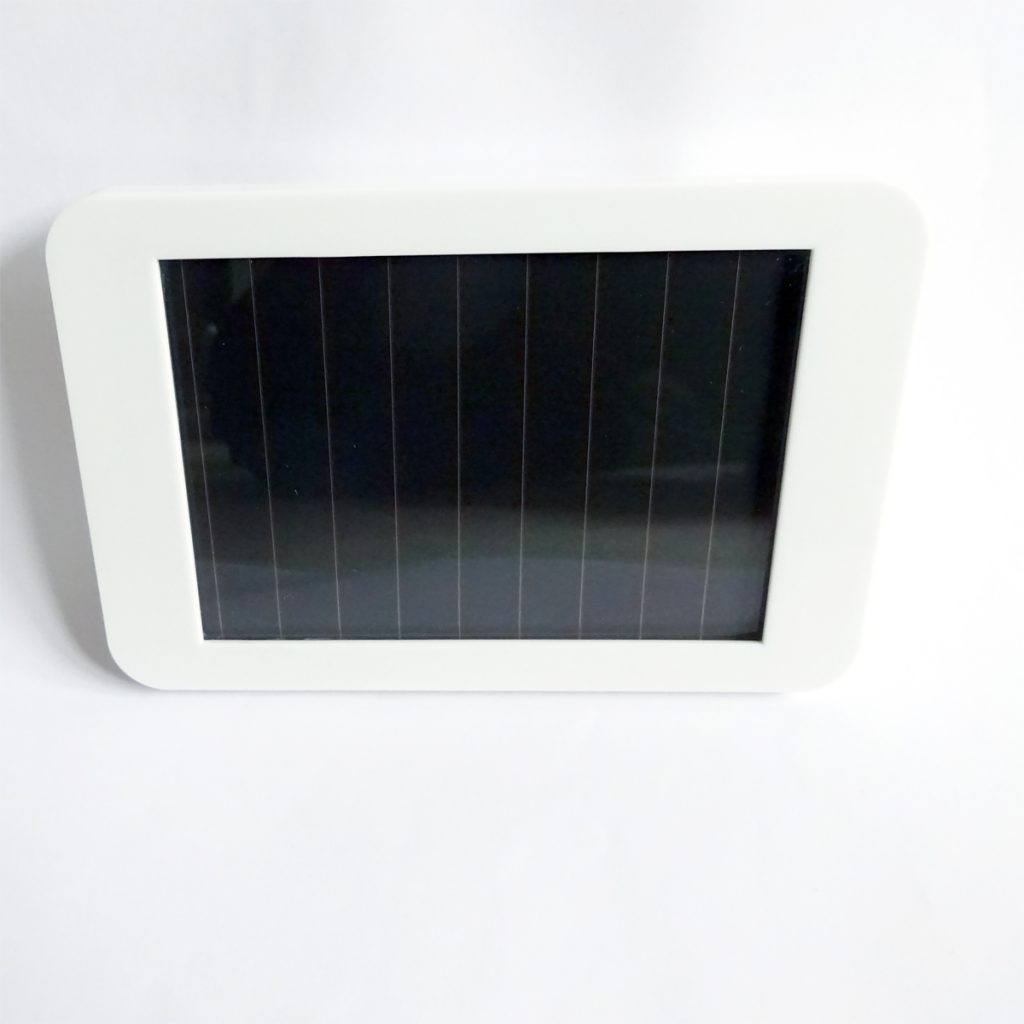Our partner and supplier, KKM, has a new K9AT Wireless Tilt Sensor The K9AT Tilt Sensor is designed to convert accelerometer measurements into precise tilt angle detections. What makes it stand out is its ability to trigger advertisements once it detects an inclination beyond a pre-set value.

The sensor has an IP67 rating, ensuring it is both water-resistant and dustproof. One of the most impressive aspects of the K9AT Tilt Sensor is its longevity. Powered by an industrial-grade ER14505 battery, it offers an extended battery life of up to 8 years.
The applications of the K9AT are vast and varied. From construction and agriculture to automotive and shipping, this sensor can play a critical role in improving operational efficiency and safety. Its ability to provide real-time alerts on angle changes makes it an invaluable tool for monitoring equipment, cargo, and even structural integrity.
For more information or to discuss how it can benefit your business, please don’t hesitate to contact us.
